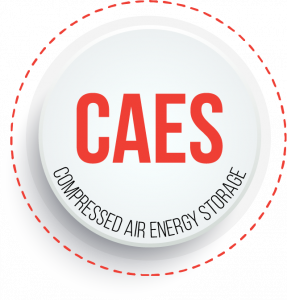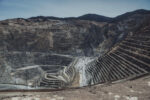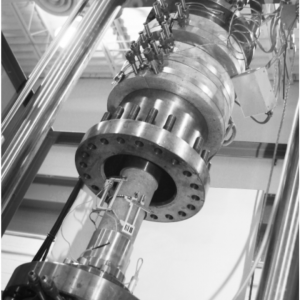Specialized Rock-Mechanics Testing for Compressed-Air Energy Storage
 Compressed-air energy storage (CAES) in salt caverns is a method to store energy underground for later usage. Excess energy generated during off-peak hours can be stored to meet higher demand during peak hours. In CAES operations, energy is stored by compressing air into a cavern. Compressed air is released from the cavern to drive one or more expander/compressor units to generate energy. This mode of operation can require 200 or more injection/withdrawal cycles per year.
Compressed-air energy storage (CAES) in salt caverns is a method to store energy underground for later usage. Excess energy generated during off-peak hours can be stored to meet higher demand during peak hours. In CAES operations, energy is stored by compressing air into a cavern. Compressed air is released from the cavern to drive one or more expander/compressor units to generate energy. This mode of operation can require 200 or more injection/withdrawal cycles per year.
To evaluate cavern stability during CAES operations, RESPEC’s Materials Testing Laboratory performs the same series of salt strength and creep tests as those used for other cavern storage operations, such as gas or liquid caverns; however, very few studies have been conducted on the effects of cyclic salt loading, and the current material models for salt do not include the effect of cyclic fatigue. The RESPEC laboratory has developed a testing program to evaluate cyclic effects on salt over several years. RESPEC can simulate thousands of cycles in a few days using a servo-controlled MTS triaxial loading device to evaluate the effects of cyclic fatigue.
For further information on other RESPEC CAES projects, please see the publicly available references below.
- Goodman, W. M., D. J. Gnage, and R. B. Cole, 2008. Investigation of Potential Underground Compressed Air Storage Locations in the State of New York, RSI-2012, prepared by RESPEC, Rapid City, SD, for EPRI Office of Innovation Strategic Planning, Palo Alto, CA.
- Gnirk, P. F., T. Brandshaug, G. D. Callahan, and J. L. Ratigan, 1979. “Numerical Studies of Compensated Compressed Air Energy Storage Caverns in Hard Rock,” Proceedings, 1979 Mechanical and Magnetic Energy Storage Contractors’ Review Meeting, Washington, DC, August 19–22, US Department of Energy, Division of Energy Storage Systems, Washington, DC, pp. 106–117.




Stay in Touch